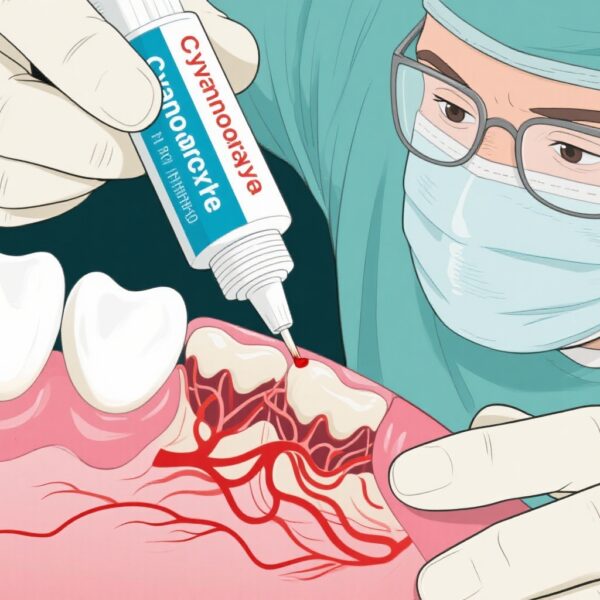Highlight
- A standardized counseling tool for returning to sexual activity after pelvic reconstructive surgery was developed using patient-centered qualitative methods and expert input.
- The tool incorporates patients’ perspectives on safety, anticipated discomfort, and timing of first sexual encounters post-surgery.
- Nineteen cognitive interviews from multiple North American sites refined the tool to maximize clarity and patient relevance.
- The counseling tool offers surgeons a concise, validated resource to improve patient education and outcomes related to postoperative sexual health.
Study Background
Pelvic reconstructive surgeries, including procedures for pelvic organ prolapse and urinary incontinence, are common interventions aimed at improving quality of life and pelvic function in women. Sexual function and satisfaction are important components of postoperative recovery yet remain inadequately addressed during clinical counseling. Women’s experiences of their first sexual activity after such surgery vary, and unanswered questions around timing, safety, discomfort, and emotional response remain prevalent.
This gap in patient education contributes to anxiety, inconsistent advice, and potentially suboptimal sexual health outcomes. While clinical guidelines address general postoperative milestones, a standardized, patient-centered counseling tool specific to resuming sexual activity after pelvic reconstructive surgery had not been rigorously developed or tested.
Study Design
An expert multidisciplinary panel initially developed a counseling tool derived from a conceptual framework based on prior qualitative research exploring women’s experiences resuming sexual activity post-surgery. This iterative tool was then subjected to cognitive patient interviews to evaluate clarity, meaning, and importance of its counseling statements.
The participants were women from four clinical sites across the United States and Canada, all of whom had undergone pelvic reconstructive surgery (for prolapse or urinary incontinence) and resumed sexual activity. During semi-structured cognitive interviews, participants reviewed counseling statements, articulated their interpretations, suggested revisions, and rated the importance of each statement.
The iterative process involved three rounds of interviews, with ongoing synthesis and modifications to the tool guided by patient feedback and team discussions. Interviews continued until thematic saturation was reached, i.e., no new substantive insights emerged.
Key Findings
Nineteen women participated in 19 cognitive interviews. The qualitative analysis of interview data led to significant refinements to the counseling tool. Among the key results:
- Statement consolidation: Multiple overlapping counseling statements were merged to avoid redundancy and improve clarity.
- Statement elimination: Some proposed statements that patients rated as less important or confusing were removed.
- Top-rated counseling points: Safety of resuming intercourse and expected discomfort during initial sexual encounters were repeatedly emphasized by participants as critical concerns that counseling should address.
- Patient-centered language: Feedback ensured the counseling tool used language and phrasing that aligned with women’s perspectives and emotional experiences.
The finalized counseling tool presents a concise, clear, and patient-validated set of recommendations and reassurance points addressing:
- When and how sexual activity can be safely resumed after surgery.
- What discomfort or sensations may be expected initially and how to manage them.
- Emotional and relational considerations surrounding the first post-surgery sexual activity.
Expert Commentary
Pelvic reconstructive surgery outcomes are traditionally assessed based on anatomic success and symptom resolution. However, sexual function is an increasingly recognized critical outcome that reflects quality of life and patient satisfaction. This study rigorously fills the gap of lacking standardized counseling guidance for this important postoperative milestone.
The use of cognitive interviewing to refine the tool ensured that patients’ voices were central in content validation, enhancing its relevance and usability in clinical practice. Importantly, the tool addresses pragmatic questions often encountered in routine clinical care, helping to reduce variability in counseling and improve patient preparedness and confidence.
Limitations include a relatively small sample size of nineteen interviews and potential selection bias toward women who had already resumed sexual activity, possibly limiting generalizability to all postoperative patients. Furthermore, since the study focused on qualitative development, future research is needed to objectively evaluate the tool’s impact on patient outcomes, anxiety levels, and sexual function.
Conclusion
This study successfully developed a novel, patient-centered counseling tool for advising women on the safe return to sexual activity following pelvic reconstructive surgery. Grounded in robust qualitative methods and cognitive interviewing, the tool addresses patients’ primary concerns about safety and anticipated discomfort and provides surgeons with a concise, high-value resource to enhance postoperative counseling.
Implementing such a standardized tool in clinical settings may help optimize sexual health recovery, reduce patient anxiety, and improve satisfaction post-surgery. Further studies should assess its effectiveness in improving clinical and patient-reported outcomes.
Funding and Trial Registration
This study was registered on ClinicalTrials.gov under identifier NCT05342090. Details on funding were not specified in the source publication.
References
Caldwell L, Kim-Fine S, Antosh DD, Husk K, Meriwether KV, Long JB, Heisler CA, Hudson PL, Lozo S, Iyer S, Weber LeBrun EE, Rogers RG. Standardized Counseling Tool for Returning to Sexual Activity After Pelvic Reconstructive Surgery. Obstet Gynecol. 2025 Nov 1;146(5):e80-e84. doi:10.1097/AOG.0000000000005938. Epub 2025 Jun 13. PMID: 40505118.



